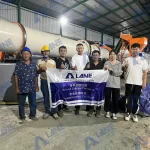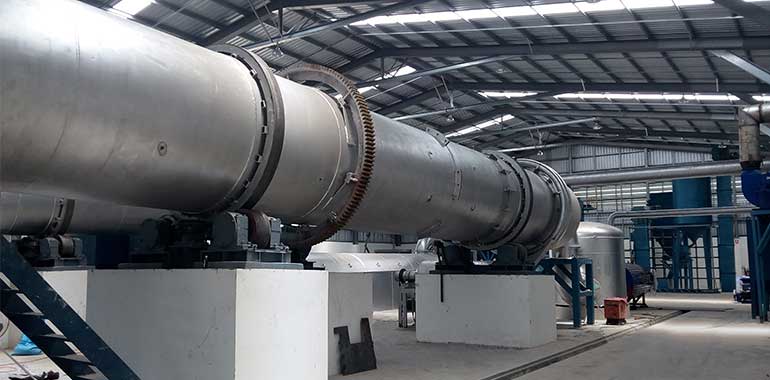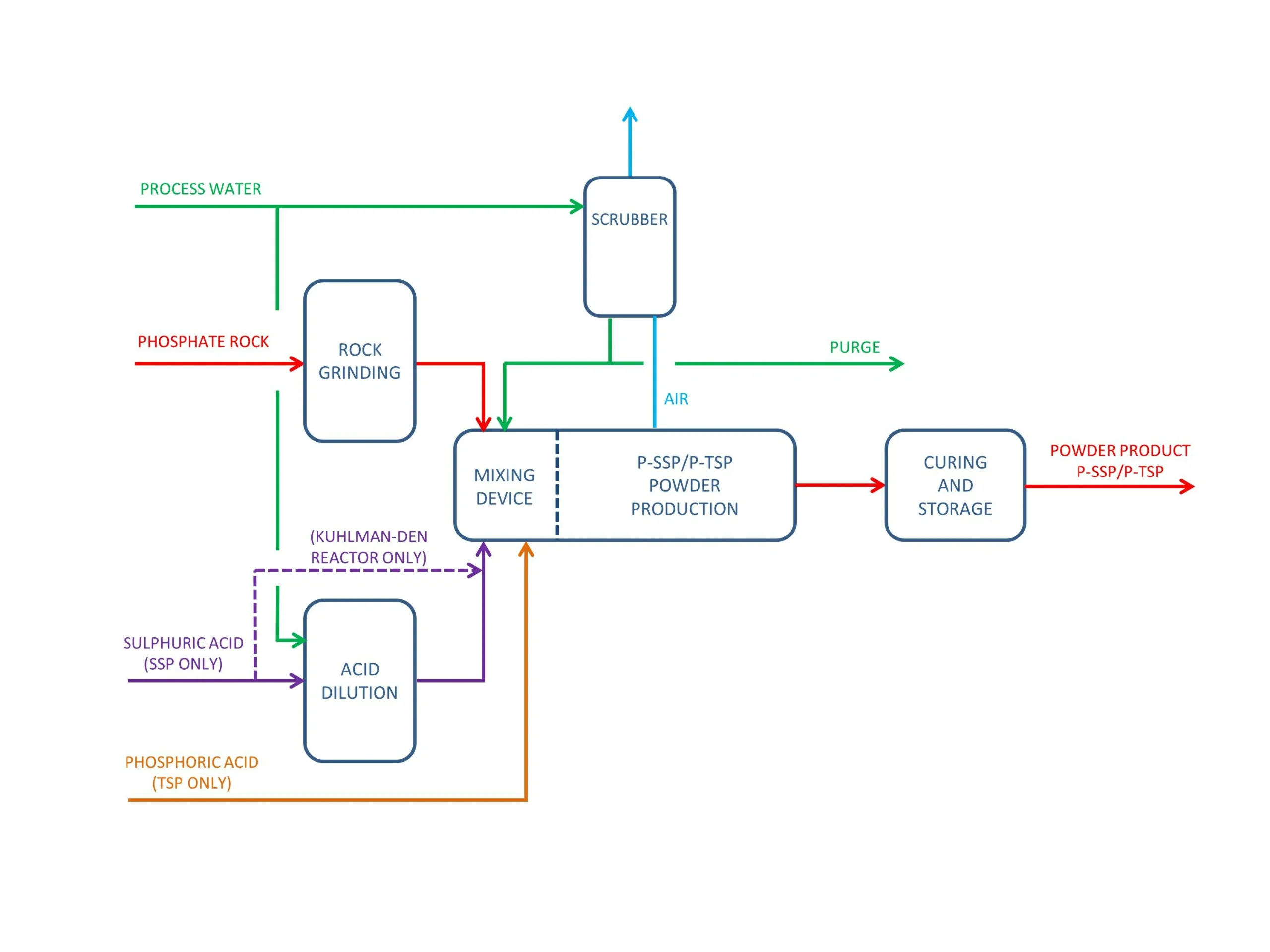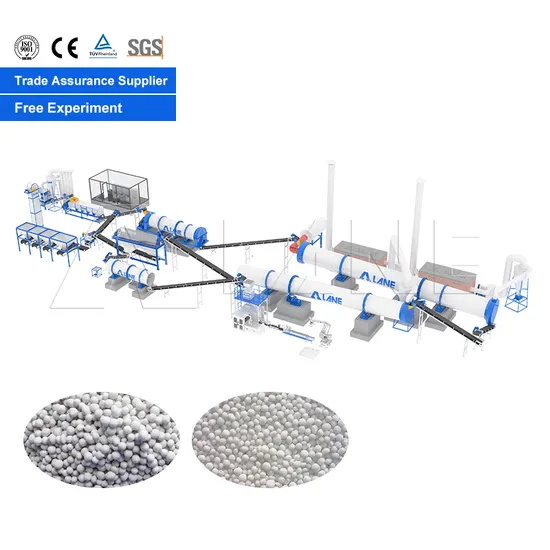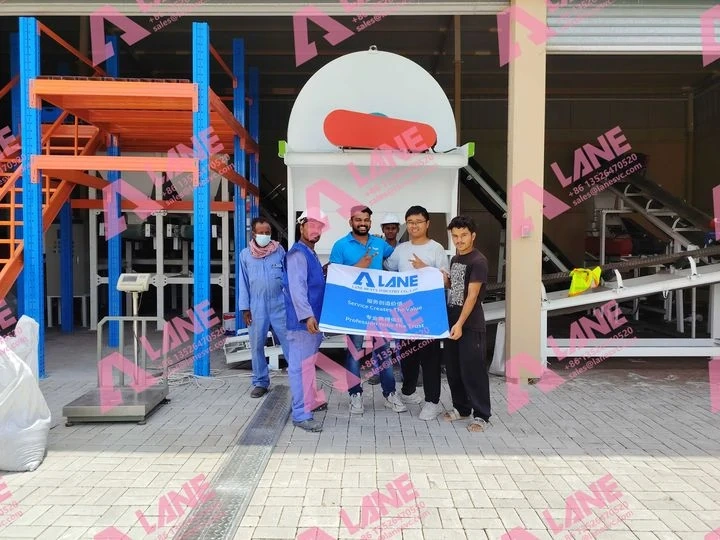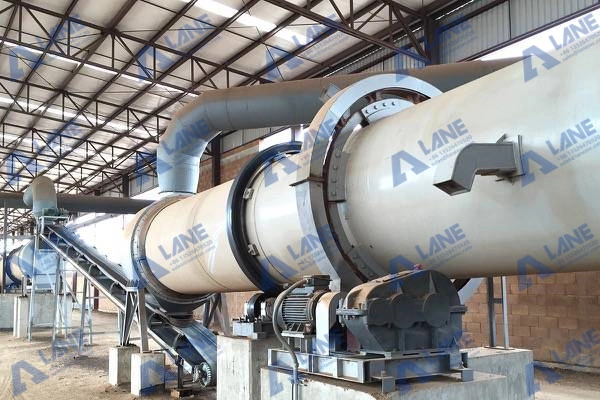Machinery Is Used in SSP Production
- 2025-08-11
Single Super Phosphate (SSP) is one of the most widely used fertilizers in agriculture, providing essential phosphorus to crops for healthy growth and improved yields. For fertilizer manufacturers, knowing what machinery is used in SSP production is key to building an efficient, high-quality production line. This article will walk you through the essential machines used in SSP manufacturing and how they work together to ensure a smooth production process.
Why Understanding SSP Machinery Matters
When investors or fertilizer plant operators ask what machinery is used in SSP production, they are usually looking for two main things: efficiency and product quality. The right machinery ensures that raw materials are processed properly, production costs remain low, and the final SSP fertilizer meets industry standards.
Modern SSP production lines rely on advanced machinery to handle every step of the process—from crushing raw phosphate rock to drying and packaging the finished fertilizer. Let’s explore the core equipment.
1. Rock Phosphate Crusher
The first step in SSP production is breaking down raw phosphate rock into smaller particles.
Machinery used in SSP production at this stage includes jaw crushers or hammer crushers.
These machines are designed to handle hard, abrasive materials and reduce them to a suitable size for chemical reaction.
2. Acidulation Tank
Once the rock phosphate is crushed, it’s mixed with sulfuric acid in a specially designed acidulation tank.
This is a critical stage in SSP manufacturing because the chemical reaction between the acid and phosphate rock releases soluble phosphorus.
When people ask what machinery is used in SSP production, this equipment is always on the list—it needs to be corrosion-resistant, durable, and able to maintain optimal reaction conditions.
3. Den Mixer or Granulator
The slurry from the acidulation tank moves to a den mixer or granulator, where it begins forming into granules.
Modern SSP plants often use rotary drum granulators or paddle mixers for better shaping and uniformity.
High-quality machinery used in SSP production ensures that the granules are consistent in size, which improves fertilizer application in the field.
4. Rotary Dryer
After granulation, the product contains excess moisture, which can reduce storage stability.
A rotary dryer is one of the most important pieces of machinery used in SSP production because it removes moisture, hardens granules, and prepares them for storage.
Dryers are usually heated with hot air, ensuring that the fertilizer remains free-flowing.
5. Screening Machine
Once dried, the SSP granules pass through vibrating screens to separate fine powder from properly sized granules.
The screening stage ensures that the product meets market specifications and prevents oversized or undersized particles from reaching the packaging stage.
Machinery used in SSP production at this step plays a major role in quality control.
6. Coating Drum
Some SSP producers use a coating drum to apply a protective layer to the fertilizer granules.
This prevents moisture absorption during storage and improves product handling.
When discussing what machinery is used in SSP production, coating equipment is often mentioned as an optional but valuable addition.
7. Packing Machine
Finally, the finished SSP fertilizer is sent to automatic packing machines, which weigh, fill, and seal bags quickly and accurately.
This step ensures fast product delivery to customers and prevents contamination.
In modern plants, packing equipment is fully automated for efficiency.
Additional Supporting Machinery
While the above are the primary machines, SSP plants may also include:
-
Dust collectors – for environmental compliance
-
Conveyor belts – for material transportation between stages
-
Storage silos – for raw materials and finished product
-
Control systems – for real-time monitoring of machinery used in SSP production
Choosing the Right Machinery for SSP Production
If you are setting up or upgrading your SSP plant, the choice of machinery is critical. Here’s what to consider:
-
Capacity Requirements – Match machinery to your desired daily output.
-
Material Quality – Use corrosion-resistant equipment for handling acids.
-
Automation Level – Higher automation means lower labor costs and higher consistency.
-
Energy Efficiency – Choose equipment designed to save fuel and electricity.
Knowing what machinery is used in SSP production is key to building an efficient and profitable fertilizer plant. From crushing to drying and packing, every step matters.
Choose our high-quality SSP machinery for reliable performance, low maintenance, and long-term
Contact us today and start producing top-grade SSP fertilizer with our machine!
